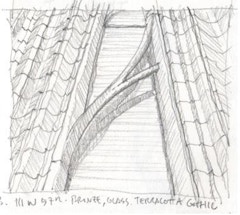
53 results
-
 This paper examines two profoundly different design approaches: one, herein called ‘autonomous’, where the building’s design is governed by internal…
This paper examines two profoundly different design approaches: one, herein called ‘autonomous’, where the building’s design is governed by internal… -

Detailing For Distance
- Paper by Daniel Kelso,
Quickly exceeding new facade service life expectations for tall buildings imposed by increasing environmental, economic, and social pressures have… -
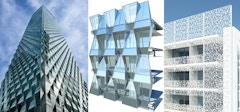
Geometric Patterns as Architectural Forms
- Paper by Joshua Schultz, PhD, PE, LEED AP · Neil Katz, AIA
Facade design is a key component of architectural expression, and increasingly a key design consideration due to growing importance of factors like:
-

Building by Numbers
- Paper by Trevor Stephen Lewis PhD | PE | FRSA, Principal
This paper outlines the successful implementation of digital workflows between the design team composed of Architect, Structural Engineer and Project… -

Developments in Gridshell Design
- Paper by Cristobal Correa P.E. · Craig Schwitter P.E.
In 1959 Heinz Isler challenged the world of concrete shell design by proposing a series of shapes for shells that were very different from what most
-
Shaping Skin
- Paper by John Neary AIA LEED AP NCARB
The conventional modern facade is essentially flat, which creates the tendency toward visual monotony and problems for modulating daylight—both on
-

Passive House Facade Design and Construction
- Paper by Louis Koehl, AIA, CPHD, Project Architect
Buildings account for over 40% of global emissions (GlobalABC, 2018). Growing populations and higher standards of living are increasing pressure on… -

Facade Games
- Paper by James Tice, Professor of Architecture
This paper provides an overview of a course focusing on the façade as taught to architecture students over a twenty-year period. The need for this… -
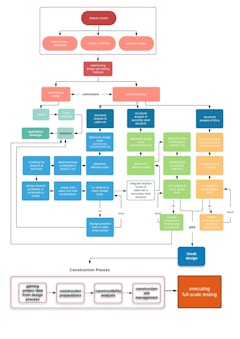
From Design to Experiment
- Paper by E. Yagdir CELIKER, MSc. · Oguz C. CELIK, PhD.
Flat cable-net facades are form-active structures which provide maximum transparency by means of point fixing components, tensioned cables, and
-

The Butterfly
- Paper by Venelin Kokalov · Shinobu Homma, Architect AIBC, AAA, MRAIC · Amirali Javidan · Zhuoli Yang, AIA, NCARB, LEED AP BD+C
Providing a unique and integral cladding/envelope solution suited for high-rise buildings has been an inherent challenge for this building typology
-
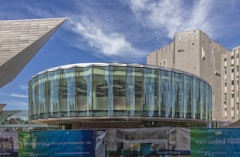
Realizing Bespoke Structural Glass Facades
- Paper by Ned Kirschbaum, FAIA, CCCA, LEED AP · Peter Koukos · Alfonso Lopez, P.E.
In the very earliest stages of a design, an architect imagines a unique glazed facade form and wonders, “Is this possible?” and “What will it cost?”
-
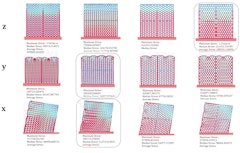
Transfer Topologies
- Paper by Nada Tarkhan
This research looks at the relationship of material and geometric distribution to set a methodology for integrating structural and thermal design.
-

Determining the Optimal Opening for Multi Skin Facade with External Ventilation
- Paper by Peter Simmonds,
The envelope of the Harbin Bank Building in Beijing has a Multi-Skin Facade where the outer cavity is naturally ventilated. During the design the…
